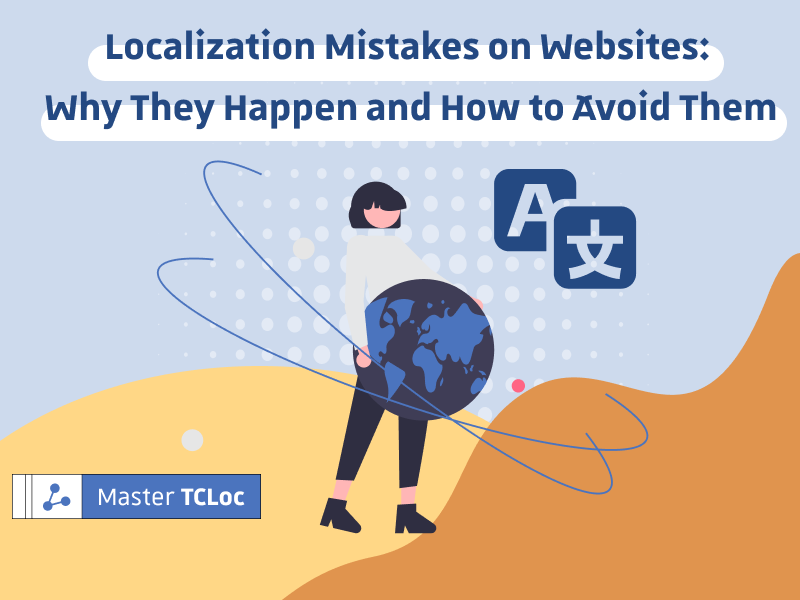A multilingual website is a must-have for any business serious about selling its products and services abroad. However, even with the assistance of a professional language service provider (LSP), website localization errors can still occur. Fortunately, a few simple steps can help prevent them. Let’s look at some examples of localization mistakes found on websites localized from German into French and English.
Errors found on localized websites
Grammar mistakes
Translators work with CAT tools, which have their merits, but also some drawbacks. Due to their structure, HTML pages are often segmented into fragments of sentences. Thus, the translator may not fully comprehend the semantic or logical connection between these fragments. In our example, a preposition is missing (“1,3 million+ de clientes et clients”).
Wrong case
Some segments parsed for translation are even made up of one single word used in multiple instances. For example, if the days of the week are not capitalized in a given language, they still have to be capitalized at the beginning of a line or sentence.
Non-translated UI elements
Sometimes, UI elements do not appear in the intended language. This is clearly due to poor implementation. Either the string has not been exported for translation or it has been translated but not applied to all necessary locations.
Non-translated placeholders
Placeholders are not hardcoded in the HTML pages but located within tags as attributes. Not all CAT tools import them by default. Therefore, it may be necessary to customize the parsing rules or, if there are only a few placeholders, to copy and paste them into an additional Word file for translation.
Inappropriate file names
In the translation industry, it is common to keep the source file name and append the language code. It makes sense for data management purposes, but such file names provide a poor user experience on a website.
7 Recommendations for Better Website Localization
Translators
- Translation is all about context. Avoid filtering out previously translated segments in your CAT tool. Instead, set up your tool so that it moves to the next untranslated segment each time you confirm one. The surrounding segments will provide you with more context.
- Refer to the original file. If you can’t open it, use the preview feature of your CAT tool.
- When in doubt,ask the client or LSP who assigned the translations to you. Explain the issues you encounter while translating their files. Make it clear that you need their feedback to provide a high-quality translation.
LSPs
- Ask your clients to give you access to the translated versions of the web page once implemented so that you can fix all layout-related errors before publication.
- Ideally, use the same translator and proofreader for one client. If not possible, check for inconsistencies between the new project and the previous ones. To do so, add all the files to be checked in a new project in your CAT tool, open them all at once, and run the QA checker.
Clients
- Select an LSP that offers a post-implementation check-up.
- For consistency purposes, aim to establish a long-term business relationship with your LSP. If you collaborate with multiple LSPs, it may be a good idea to ask someone you trust to occasionally perform a formal and linguistic check of the entire website in all languages.
Conclusion
Poor website localization can lead to a negative user experience. The good news is that the parties involved in a website localization project can easily prevent such errors if they are aware of the traps involved and take appropriate measures. For more tips and information on translation, localization, and technical communication, visit our blog.



